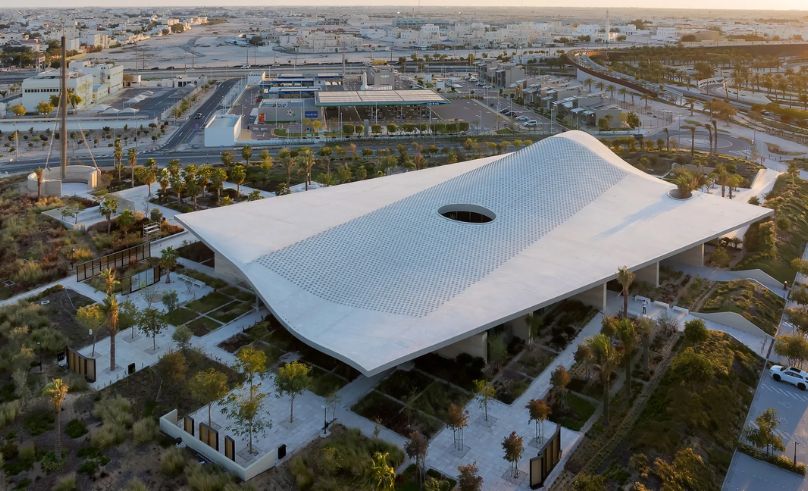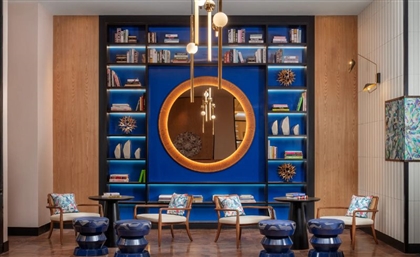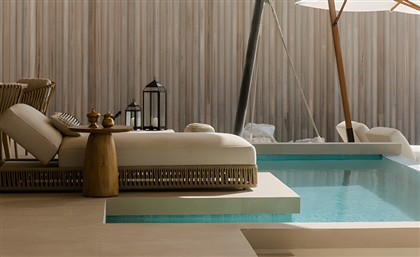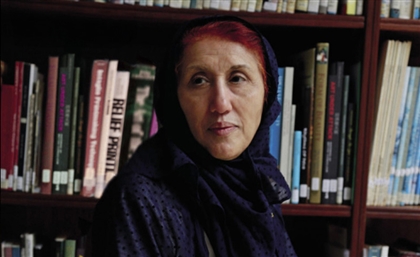Al Mujadilah: The First Mosque Built Only For Women
In Doha’s Education City, Al Mujadilah reshapes the spiritual landscape - architecturally, culturally, and historically.

This is a place for women. That distinction is as literal as it is transformative. Al Mujadilah is the first mosque in the modern Islamic world built entirely for women - not just with them in mind, but with them at the centre. There are no back sections. No curtains. No compromises.
Designed by the New York-based studio Diller Scofidio + Renfro and commissioned by Her Highness Sheikha Moza bint Nasser, the mosque rises from the heart of Doha’s Education City like something both ancient and yet to come. It’s part spiritual sanctuary, part cultural reset.
And it doesn’t shout. It breathes. It’s hard to describe a mosque built for women. Perhaps because, until now, no such place ever existed.
A ribbon-like roof sweeps over the 4,600-square-metre structure, first lifting over the main prayer hall before folding downward into an intimate series of learning spaces, gardens, and community zones. The gesture feels soft but deliberate-like an embrace.
The entire building is oriented 17 degrees off-grid, so that worshippers naturally face Mecca, with light cascading through a skylight directly above the mihrab. A physical line between earth and the divine. But even that sounds too technical. This place doesn’t ask to be analysed. It asks to be understood.
Al Mujadilah was named after a chapter in the Holy Quran, after a woman - Khawla bint Tha’labah - who challenged her husband’s unjust divorce. That alone reframes the architecture. This mosque, in many ways, is her echo.
You walk through the courtyard, and two olive trees pierce through the ceiling - roots in the earth, branches pointed to heaven. They’re not decorative. They’re symbolic. They are witnesses. But don’t mistake its softness for simplicity. This space is as technically masterful as it is emotionally moving.
The minaret, too, is reimagined. Gone is the static tower. In its place: a 39-metre kinetic column of mesh and cables, rising five times a day, carrying the call to prayer not just through sound, but through movement. It rises. It returns. The repetition echoes ritual. The choreography honours belief.
This isn’t just a building with pretty details. It’s a spatial manifesto. It’s a response to a centuries-long architecture of absence.
Because ask any Muslim woman - anywhere - and you’ll hear the same things: cramped, dark, behind-the-curtain prayer rooms and dim mezzanines. Sound systems that don’t work. Spaces that don’t speak to them.
In contrast, Al Mujadilah listens. Its prayer hall, measuring 875 square metres, holds up to 750 women. There are no barriers, no separate entrances, no apologies.
Here, women lead prayer. They give khutbahs. Unless otherwise invited, mean don’t enter. It’s a role reversal - but not to tip the scale, only to finally balance it.
And maybe that’s what makes this place so powerful. It doesn’t feel reactionary. It feels right. Natural. As thought this should have always been the case.
The design itself is layered with meaning. The hand-tufted carpet beneath worshippers feet is a pixelated magnification of a single prayer rug. The light cones - 5,488 in total - are not just there for drama; they reduce solar gain, casting ambient light while keeping the hall cool. The walls shift from travertine to volcanic stone, from black timber to glass. And between it all, the sky slips in.
Outside, the centre offers more than worship. There’s a library. Classrooms. A Cafe. A learning program designed for women by women. A support team for children with additional needs during Ramadan. An annual sumit, Jadal, where women come together to discuss their roles in faith, society, and public life. These aren’t afterthoughts. They are structure.
Stepping inside Al Mujadilah, you’ll quickly realise that this isn’t just a space for women, it was a space of them. When architecture centres the overlooked and a building becomes a body of shared memory and new possibility - that’s when design becomes divine. And that’s what Al Mujadilah is.



























